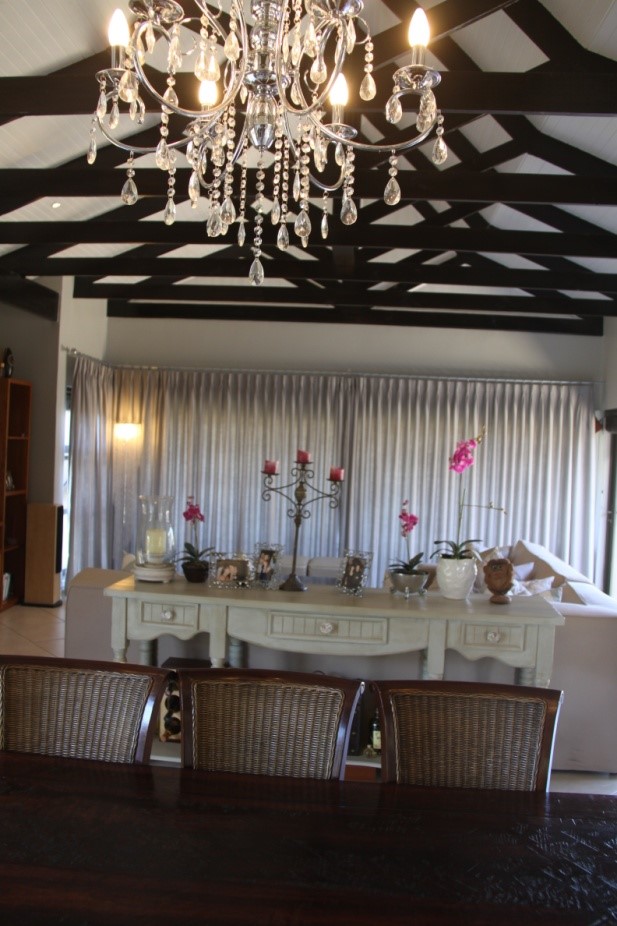With the ever increasing stress load people are experiencing at work and in general day to day life, a person’s home has become their sanctuary.
In some instances as a form of relief, mostly retail therapy, an individual enjoys going through transforming their homes themselves, however when one doesn't know how or where to start additional stress can be placed on their shoulders.
This is where an expert in the field can be brought in to make your dream a reality, but who do you get in? An Architect? An Interior designer or a decorator? And what is the difference?
Architecture:
Architecture is practice of designing and constructing buildings, and other large structures. Some students enroll in a 4-year Bachelor's degree program, and then remain in school an extra 2- or 3- years for a Master's degree in architecture. Other students enroll in a 5-year program that leads directly to a Master's in architecture, In addition to your education; all jurisdictions will require you to get practical experience, usually in the form of an internship, before they will issue a license. So you would use an architect do design any new building or addition to a building, generally that requires submission to council and residential estates bodies.
Interior Design:
Interior design is a profession that requires specific schooling and formal training. The work involved usually includes studying color and fabric, CAD training, space planning, furniture design and construction. Usually designers apprentice with a registered and established interior designer.
Designers can help design and renovate interiors, right from drawing up the initial floor plans (such as removing a wall, moving plumbing around, electrical and lighting layouts) to placing the last decorative accent. They don't just enhance the look; they enhance the function of a room.
Interior designers often work closely with architects and contractors to help achieve the look the client desires, whether it’s a residential home, an office, a hotel, or any other interior space.
Interior Decorating:
Interior decorators don't need to have formal training or schooling because decorators focus primarily on aesthetics. Decorators don't generally take part in renovations or structural planning. They come in after that part is complete and focus on the look of the space.
Decorators don't generally work with any contractors or architects since structural work is usually complete beforehand.
Who you should hire depends on your individual needs.
The most important decision one can make, is using a professional, reputable person that is qualified in the specific field, rather than somebody who says they have “flair”. When hiring a designer ask for proof of qualification, portfolio and references, the idea of getting a professional in is to make the process seamless and less costly than it would be doing it yourself, usually there is a lot of money involved – make sure it gets used correctly ensuring your project comes in on time, within budget, and the desired look is achieved.
Dale Dennis (B-Tech Interior Design, TUT)
Information references: www.about.com; www.wikipedia.com; www.oxforddictionaries.com; www.inscape.co.za















